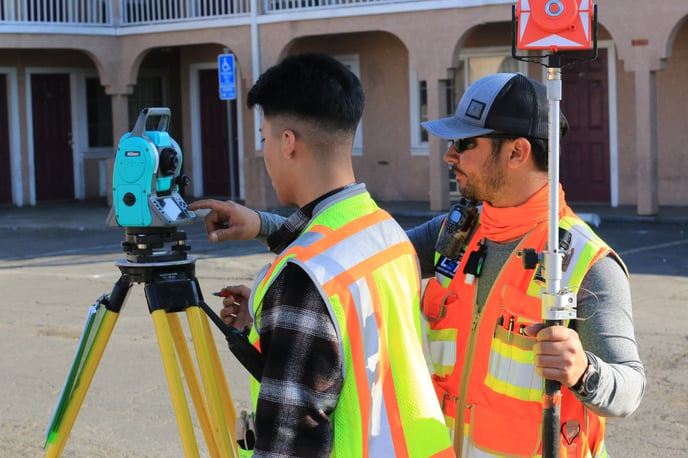Map Projections vs. Coordinate Systems: What's the Difference?
In surveying, maps are represented as a combination of a map projection and a coordinate system. In this article, we'll explain the differences between a map projection and a coordinate system in surveying.
 Geographic Information Systems (GIS) have become increasingly important in surveying, mapping, and other fields. Maps and spatial data are used to represent and analyze the features of the Earth's surface, but they need to be transformed into a coordinate system before they can be used. In surveying, maps are represented as a combination of a map projection and a coordinate system. In this article, we'll explain the differences between a map projection and a coordinate system in surveying.
Geographic Information Systems (GIS) have become increasingly important in surveying, mapping, and other fields. Maps and spatial data are used to represent and analyze the features of the Earth's surface, but they need to be transformed into a coordinate system before they can be used. In surveying, maps are represented as a combination of a map projection and a coordinate system. In this article, we'll explain the differences between a map projection and a coordinate system in surveying.
Map Projections
A map projection in surveying is a method used to transform the spherical surface of the earth into a two-dimensional plane. The earth's surface is curved (3D), and when it is represented on a flat map (2D), distortions occur. The distortions can affect four primary properties of maps: shape, size (or area), distance, and direction. The purpose of a map projection is to minimize these distortions and present the information in a clear and accurate way. The image below shows how different the country of Greenland can be depicted based on a given projection.

There are several types of map projections, including cylindrical, conic, and azimuthal projections, each with its own unique strengths and weaknesses. The choice of projection will depend on the specific needs of the project and the area of the earth being represented. Map projections are essential for creating accurate maps in surveying and other fields.
Coordinate Systems
A coordinate system in surveying is a set of mathematical rules used to locate positions on the earth's surface. The most commonly used coordinate system in surveying is the geographic coordinate system, which uses latitude and longitude to define positions on the earth. This system is based on a sphere and is often used to locate positions on the earth's surface in relation to the equator and prime meridian.
Another type of coordinate system used in surveying is the projected coordinate system, which is based on a two-dimensional plane. This system provides a more accurate representation of distances and angles on the earth's surface and is often used in mapping and GIS. A coordinate system is a critical tool for surveying, as it provides a consistent and standardized way to locate and measure positions on the earth's surface.
Summarization of Differences
Map projections in surveying are methods used to transform the spherical surface of the earth into a two-dimensional plane, while coordinate systems are sets of mathematical rules used to locate positions on the earth's surface. A map projection minimizes distortions in the representation of the earth's surface, while a coordinate system provides a consistent and standardized way to locate and measure positions.
Visit rockrobotic.com to learn more about ROCK Robotic's survey-grade LiDAR hardware and software.
![ROCK-robotic-community-logo.png]](https://learn.rockrobotic.com/hs-fs/hubfs/ROCK-robotic-community-logo.png?width=250&height=50&name=ROCK-robotic-community-logo.png)